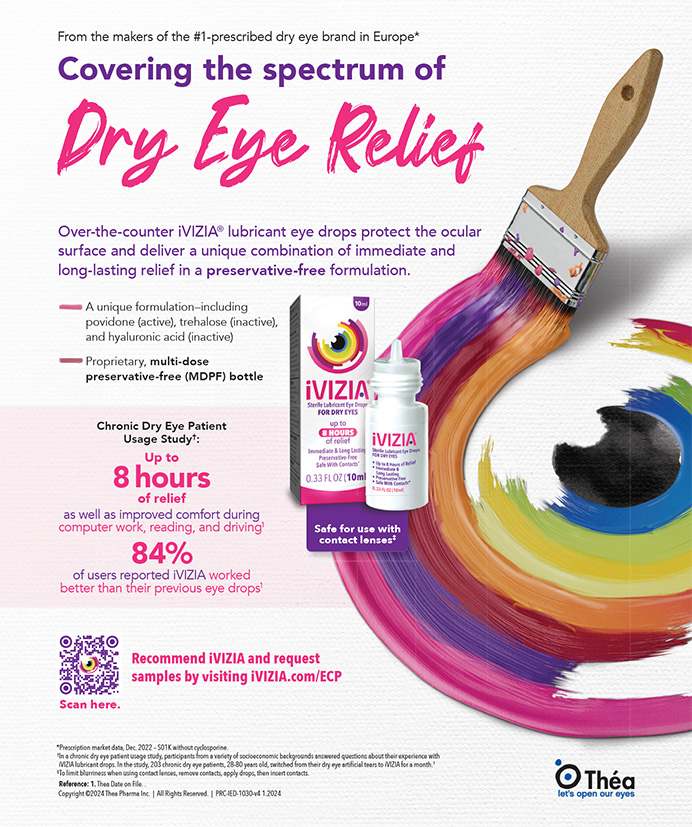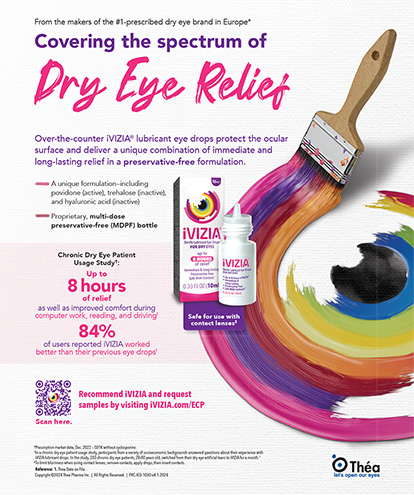Curvature, clarity, and irregularity?these are the three corneal characteristics that separately or in combination can cause poor visual function. Improper curvature in the presence of a smooth cornea creates a refractive error. An irregular surface, caused by either a diseased epithelium or an abnormal stroma, precludes good vision, as does significant corneal opacity.
The treatments for curvature, clarity, and irregularity overlap. The most important aspects of corneal surgery, which includes keratorefractive surgery, are determining the cause of a problem and designing the surgery that can restore the cornea as an effective optical component of the eye. For me, the allure of corneal surgery has always been the challenge of diagnosing a corneal problem and electing a course of action that can return effective vision within a relatively short time.
PERSONAL CONCLUSIONS
The correction of refractive error and presbyopia ensures that the importance of keratorefractive surgery will increase within anterior segment surgery. Table 1 provides a practical guide to diagnosing and solving corneal problems. The most interesting aspect of this table, for me, is the varied use of a PRK-type procedure for treating both primary and secondary refractive errors, even in the presence of a mildly irregular corneal surface. If a surgeon wishes to expand the scope of his corneal rehabilitative capacity, then Table 1 may indicate a new indication for PRK.
This guide indicates a rationale with respect to treating corneal disease. Of course, reasonable surgeons may have differing opinions. For example, based upon my experience, I believe the following. First, lamellar keratoplasty does not provide a permanent solution for keratoconus, and corneal irregularity will usually recur after several years. Second, collagen-shrinking procedures provide temporary results, which may be a blessing or a curse. Third, removing a clear crystalline lens and implanting a pseudophakic bifocal lens will not be the procedure of choice for correcting presbyopia in 5 years. Fourth, endostromal transplantation holds immense promise but currently does not allow for better than 20/30 BCVA in a majority of cases. Fifth, PRK is an effective means for treating mild keratoconus. Finally, lamellar grafts are the preferred procedure in cases of middle-to-deep corneal stromal opacity with a normal endothelium.
OTHER OPINIONS
The procedures and concepts just mentioned may or may not be useful for another surgeon with a different experience from mine. My point is that I constructed Table 1 in order to indicate my preferences for the treatment of certain corneal conditions. Other surgeons might consider constructing a table such as this one for a quick review. It might simplify and focus their efforts with respect to corneal problems and force them to reconsider and/or reinforce the rationale and success rate for a current stable of procedures.
Lee T. Nordan, MD, is a technology consultant for Vision Membrane Technologies, Inc., in San Diego. Dr. Nordan may be reached at (858) 487-9600; laserltn@aol.com.


